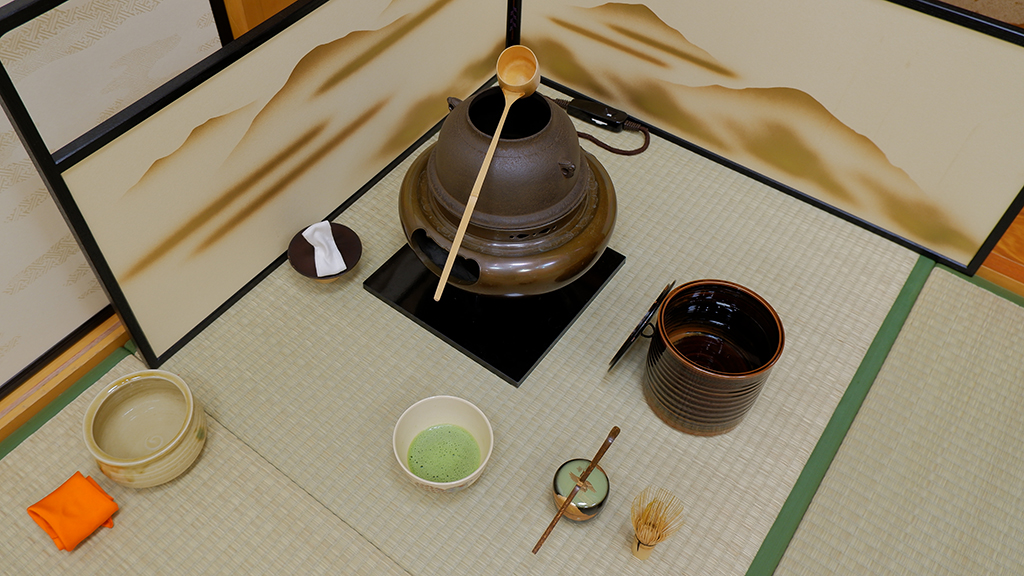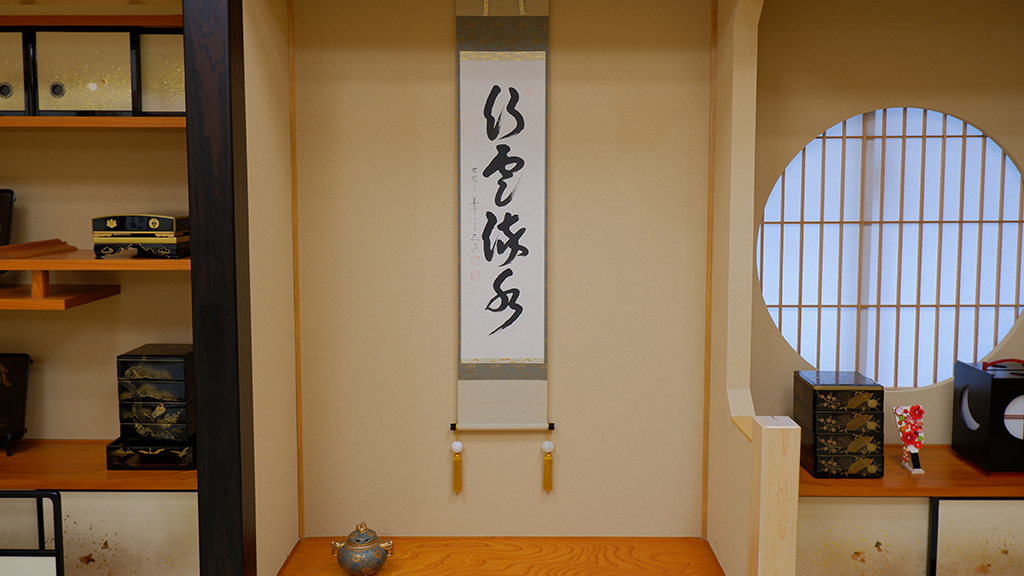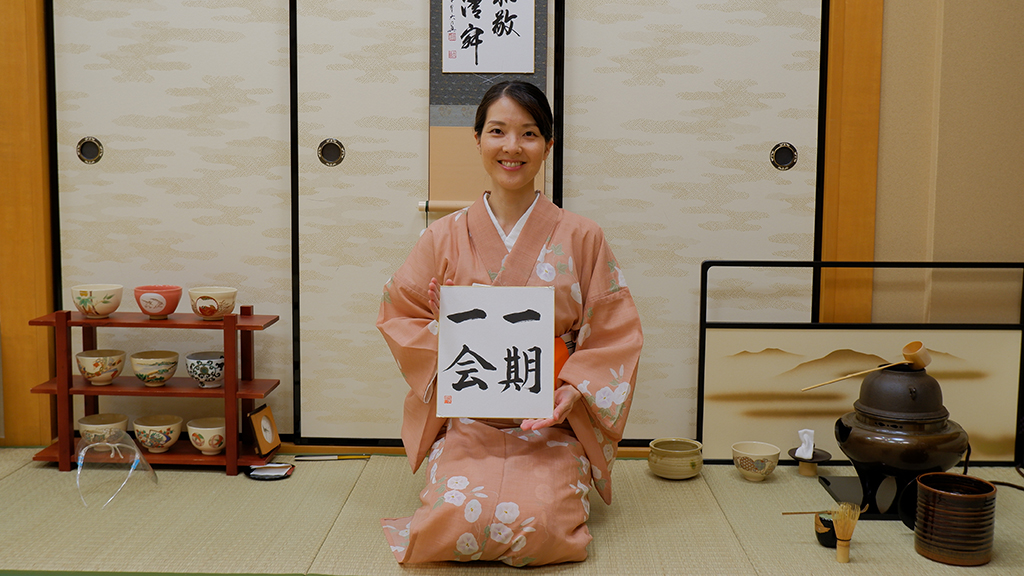[Asakusa, Tokyo] Tea Ceremony Experience! The Flow, Time and Fee

This post is also available in 日本語
Sado is traditional culture, where you can learn the “Omotenashi-no-kokoro” (spirit of hospitality). However, due to the length of that history and the existence of different manners, even many Japanese people have an image of Sado as being highly prestigious. Recently, the number of places offering casual tea ceremony experiences for such Japanese people and foreigners have been increasing. On this occasion, I will introduce you to “Asakusa Jidaiya”, which provides a Sado experience in the Asakusa, Taito-ku area of Tokyo.
Contents
What is Asakusa Jidaiya?
This is a company, based in Asakusa, that provides tourist rickshaws and Japanese traditional cultural experiences. They have been providing aspects of disappearing Japanese culture for more than 30 years. In addition to rickshaws, they offer a wide range of kimono rental, tea ceremony, flower arrangement, and calligraphy experiences, as well as viewing of traditional Japanese arts. English is supported for all of these experiences, and it is easy for foreigners to participate in these on a casual basis as well.
Sado (tea ceremony) experience
At Asakusa Jidaiya, there are two specialist Japanese cultural facilities that can be used as Japanese-style photo studios. The Sado experience takes place there, and quaint photographs can be taken during the experience. There are currently five instructors who provide support directly in English.
Normally, a small tatami stage is placed in the center of the room. There, the instructor explains about Sado. They describe and instruct on the “Otemae” (manners and behavior of Sado). The participants engaging in the experience sit on seats that surround the stage. For this reason, even people who dislike performing “seiza” can enjoy the experience with peace of mind. If you pay an additional charge, you can also experience the authentic Sado in a tearoom with tatami.
Flow of the Sado experience
Learn the history and spirit of Sado

You learn basic knowledge about Sado, and this deepens your understanding of Sado. At this time, you also receive an explanation about the “Kakejiku” decorating the tearoom.

The day on which we did our report was extremely hot, and there was a Kakejiku hung there with the words “Ko-un Ryo-sui” (floating with the tides). This seemed to me to include the “Omotenashi” spirit, in which a somewhat cool atmosphere was passed down from the Kakejiku.
Receiving Japanese confectionery

An “Anko-dama” is served as “Chagashi” (Japanese confectionery for tea ceremony). This is a Japanese sweet in which the “Anko” (red beans) are wrapped in agar jelly, and this can be eaten with peace of mind by people on vegan and Halal diets as well. On this occasion, I enjoyed the taste of Matcha. Even when eating this confectionery, we have to follow the manners of Sado.
Demonstration of “Otemae” by the instructor

Once you receive the “Chagashi”, there will be an explanation and demonstration of “Otemae” by instructor.
“Otemae” experience for the participants

The participants get in pairs, and serve the tea for each other (currently a selective system due to the impact of the novel COVID-19 virus). From choosing the teacups to serving the tea, this is all the role of the side providing the “omotenashi”. By thinking of the other person as you are serving, matcha that normally tastes bitter is said to have a mellow feel. When drinking the tea, we need to follow the manners of Sado.
Learning the philosophy of “Ichigo-ichie” (Cherish every meeting with the true spirit of Hospitality)

I think many people have heard the expression “Ichigo-Ichiie”. In fact, this expression comes from Sado. The occasion and space created by the host and guest at the tea ceremony is unique, meaning that the same tea ceremony will never be held twice. We hope that participating in the tea ceremony will be an “Ichigo-Ichiiie” experience that you will never forget.
Sado experience details
Required time
30~50 mins * differs according to the number of people
Charge
Plan A
Otemae experience (with matcha and confectionery)
3,000 yen (not including tax)
* Can be booked with two people or more
Plan B
Otemae viewing (with matcha and confectionery)
2,500 yen (not including tax)
* Can be booked with five people or more
Options
- Experience in a Japanese room with tatami mats
Up to 5 people – additional 5,000 yen for all (not including tax) - In case of 6 people or more
Per person – additional 1,000 yen (not including tax)
We interviewed
Jidaiya
Reception: Meijikan 2-3-5 Kaminarimon, Taito-Ku, Tokyo
Bookings/inquiries: 03-3843-0890
Bookings available online
https://jidaiya.biz/taikenmono_sado_e.html
- Hot Spring Lovers Should Visit! Top 3 Popular Onsen Spots in Chiba
- Not Just Beautiful Meanings! Have You Known the Scary Meanings of Flower Language?
- Exciting for Doraemon Lovers! Cute Doraemon-Themed Tokyo Banana – A Great Tokyo Souvenir
- Snoopy Lovers Must Check! Adorable Items from Afternoon Tea LIVING
- Travel Comfortable! Make the Most of Convenient Compression Bags









